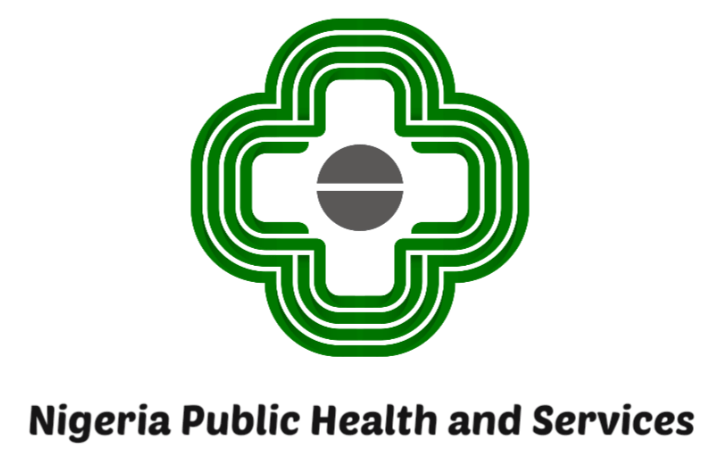Acid and Chemical Burns: An Informative Overview
Conditions
Acid and chemical burns occur when the skin or eyes come into contact with corrosive substances such as acids, alkalis, or other caustic chemicals. These burns can cause damage ranging from mild irritation to severe tissue destruction, potentially affecting muscles, nerves, and bones depending on the chemical’s strength and exposure duration.
Symptoms
Symptoms of acid and chemical burns vary based on the chemical involved and the burn severity. Common symptoms include redness, pain, swelling, blistering, and tissue necrosis at the affected site. In severe cases, burns may result in deep ulcers, scarring, and permanent tissue damage. Eye exposure can cause redness, pain, blurred vision, and even blindness.
Causes
Chemical burns are caused by direct exposure to substances such as strong acids (e.g., sulfuric acid, hydrochloric acid), alkalis (e.g., sodium hydroxide), solvents, or other industrial chemicals. Such exposure may occur during accidents in workplaces, laboratories, or at home, often due to spills, splashes, or improper handling of chemicals.
Diagnosing
Diagnosis typically involves a physical examination of the burn area and a review of the exposure history. Medical professionals assess the burn depth and extent to determine severity. In some cases, additional tests such as blood work or imaging may be required to evaluate systemic effects or complications.

Treatment
Immediate treatment involves removing the chemical agent from the skin or eyes by thoroughly rinsing the affected area with large amounts of water. Medical intervention may include pain management, wound care, application of topical antibiotics, and, in severe cases, surgical procedures such as debridement or skin grafting. Eye burns require urgent irrigation and ophthalmologic evaluation. Tetanus prophylaxis and monitoring for infection are also essential parts of treatment.
Prevention
Preventing chemical burns involves proper handling and storage of chemicals, using appropriate personal protective equipment (PPE) like gloves, goggles, and protective clothing. Training on chemical safety, clear labelling, and immediate access to emergency washing stations further reduce risks. Awareness and adherence to safety protocols are critical to minimizing incidents involving acid and chemical burns.
